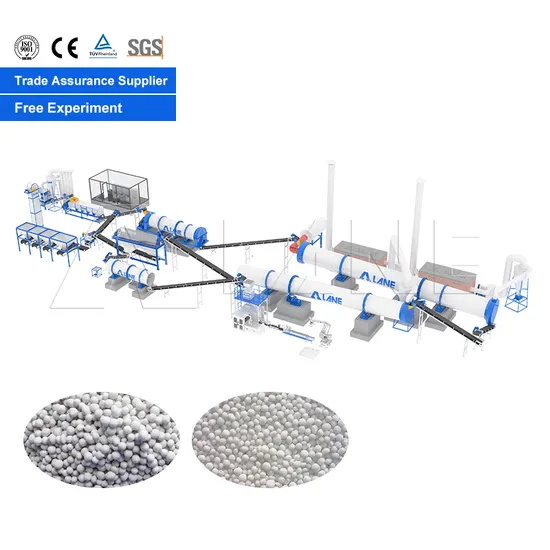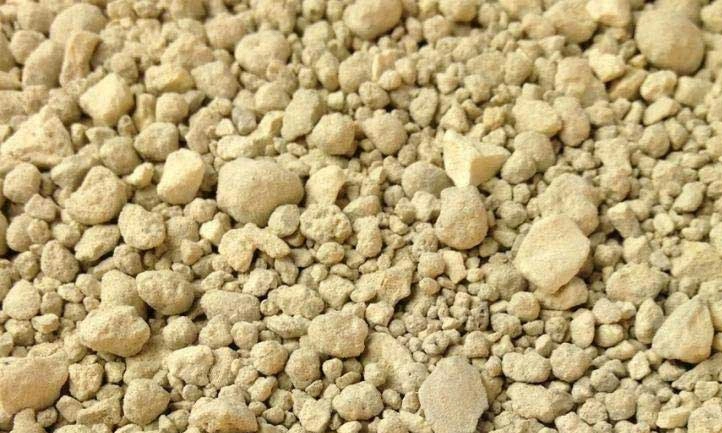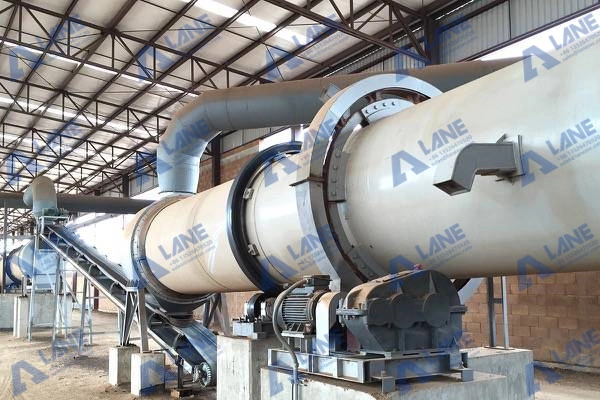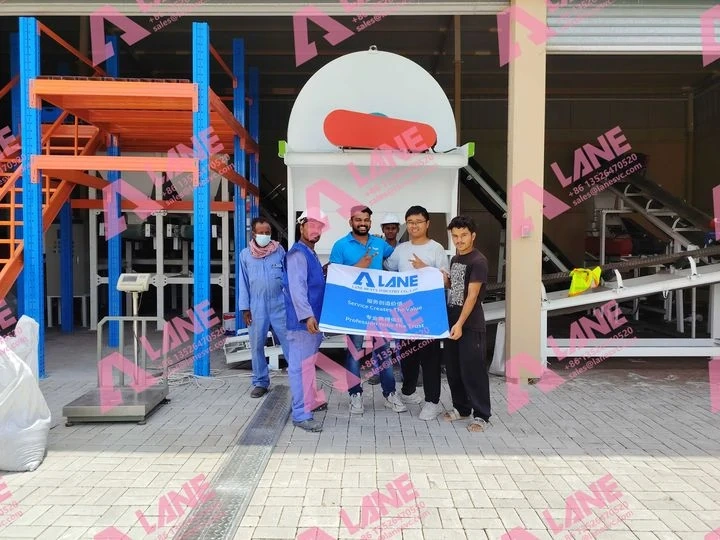How to Test Raw Materials on an SSP Production Line
- 2025-08-14
For manufacturers aiming to produce high-quality Single Super Phosphate (SSP) fertilizer, learning how to Test Raw Materials on an SSP Production Line is an essential step. In the SSP production process, raw material testing ensures that the phosphate rock, sulfuric acid, and other additives meet the necessary chemical and physical specifications before entering full-scale manufacturing. In this article, we will explain the importance of raw material testing, outline the standard testing methods, and highlight how LANE Heavy Industry’s advanced SSP equipment supports efficient and accurate testing.
Why You Need to Test Raw Materials on an SSP Production Line
To produce SSP fertilizer that meets agricultural demands, it is critical to Test Raw Materials on an SSP Production Line before production. This ensures:
-
Chemical consistency: Proper phosphate content (P₂O₅) guarantees nutrient value.
-
Process efficiency: Well-matched raw materials improve mixing, granulation, and curing results.
-
Product stability: Reducing impurities prevents unwanted side reactions.
-
Cost control: Early detection of unsuitable raw materials reduces waste and energy consumption.
By committing to Test Raw Materials on an SSP Production Line, manufacturers can maintain consistent product quality while minimizing operational risks.

raw materials before processing
Comprehensive Methods to Test Raw Materials on an SSP Production Line
Accurate raw material testing is the foundation for achieving consistent quality and efficiency in Single Super Phosphate (SSP) fertilizer production. When you test raw materials on an SSP production line, you ensure that every batch of fertilizer meets industry standards, reacts efficiently with sulfuric acid, and delivers maximum nutrient availability to crops. Below is an expanded breakdown of the most important testing categories, methods, and tools used by leading SSP manufacturers.
1. Chemical Composition Analysis
The chemical makeup of phosphate rock determines how effectively it will react in the SSP production process.
When you test raw materials on an SSP production line for chemical composition, key parameters include:
-
Effective Phosphorus Content (P₂O₅):
The core nutrient in SSP fertilizer, phosphorus content is measured using acid-soluble extraction followed by spectrophotometry. For optimal SSP yields, phosphate rock should contain at least 28% P₂O₅. Anything below this threshold can significantly reduce final fertilizer quality and require higher raw material consumption. -
Impurity Analysis:
High levels of silica (SiO₂), iron oxide (Fe₂O₃), aluminum oxide (Al₂O₃), and magnesium oxide (MgO) can slow the acid reaction rate and reduce fertilizer solubility. X-ray fluorescence (XRF) or wet chemistry methods are used to detect and quantify these impurities. -
Acidity Level:
Knowing the initial alkalinity or acidity of the rock is essential for calculating the exact sulfuric acid dosage needed for full acidulation, which prevents incomplete reactions and improves energy efficiency.

2. Physical Properties Testing
Physical characteristics directly affect handling, mixing, and acidulation efficiency.
When you test raw materials on an SSP production line for physical properties, the following parameters are key:
Particle Size Distribution:
Conducted using sieve analysis or laser diffraction technology, this ensures that feed material is uniformly sized, ideally below 150 microns. Fine, consistent particles allow for faster and more complete chemical reactions.
Moisture Content:
Measured using oven-drying at controlled temperatures. Target moisture levels are 1–2% — enough to prevent dust generation, but low enough to avoid sticking and clogging in feeders.
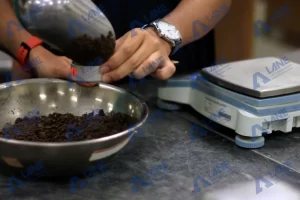
Bulk Density Measurement:
This determines how much material can be stored and transported per unit volume. Consistent bulk density ensures smooth material flow in hoppers, feeders, and conveyors.
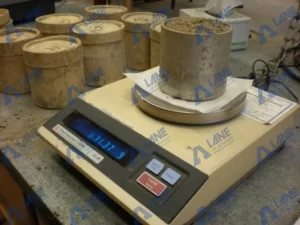
3. Process Performance Evaluation
Beyond lab analysis, on-line testing within the SSP plant helps verify process efficiency in real time.
To test raw materials on an SSP production line during production, common methods include:
-
Mixing Uniformity Test:
Samples are collected from multiple points in the mixer and analyzed for nutrient distribution. Poor uniformity can lead to inconsistent granule quality. -
Acidulation Efficiency Test:
Determines how much of the phosphate rock has been converted into water-soluble phosphorus. This directly affects the final product’s agronomic performance. -
Granulation Observation:
Visual and microscopic inspections are conducted to check granule shape, smoothness, and size consistency — all critical for fertilizer storage stability and even field application.
4. On-Site Quick Testing Tools
For immediate quality checks without waiting for full lab results, manufacturers use portable devices to test raw materials on an SSP production line:
-
Portable pH Meters:
Monitor slurry pH during mixing to ensure the reaction is proceeding at the correct rate. -
Handheld Conductivity Meters:
Measure ionic concentration during acidulation to assess reaction progress. -
Field Sieve Kits:
Allow quick particle size checks on-site, enabling operators to adjust feedstock or milling settings instantly.
Why LANE Heavy Industry Leads in SSP Raw Material Testing
At LANE Heavy Industry, we go beyond supplying SSP production lines — we deliver fully integrated process control, testing, and monitoring solutions that ensure exceptional precision and efficiency at every stage of SSP fertilizer manufacturing. Our proprietary systems are engineered to allow operators to test raw materials on an SSP production line with laboratory-grade accuracy, without slowing down production.
Our granulators, high-efficiency crushers, paddle mixers, and controlled-environment curing chambers are all built with inline analytical ports and data acquisition modules. These allow for real-time measurements of particle size distribution, slurry pH, ionic conductivity, and reaction temperature, ensuring that each critical process parameter stays within ±2% of optimal setpoints.
For example:
-
Granulation consistency is monitored using optical particle counters capable of detecting deviations as small as 50 microns.
-
Acidulation efficiency is tracked by inline titration sensors that calculate conversion rates of Ca₃(PO₄)₂ to monocalcium phosphate in real time, with accuracy above 95% correlation to full lab assays.
-
Moisture content in milled phosphate rock is automatically measured using near-infrared (NIR) spectroscopy, keeping water content at the ideal 1.5% ± 0.2%, which prevents both dusting and material caking.
When you test raw materials on an SSP production line with LANE equipment, you can integrate batch-specific chemical composition analysis directly into your quality management system. This includes tracking P₂O₅ content to within 0.5% tolerance and quantifying impurities such as SiO₂, Fe₂O₃, Al₂O₃, and MgO — all of which have measurable effects on acidulation rates and product solubility.
Additionally, our automated sampling systems collect representative material from conveyors and mixers at programmed intervals. These samples are sent to on-site mini-labs equipped with:
-
Spectrophotometers for phosphorus quantification
-
XRF analyzers for impurity mapping
-
Laser diffraction units for precise particle size analysis
By combining real-time process monitoring with fast-response laboratory verification, LANE Heavy Industry ensures that any deviation in raw material quality is detected and corrected before it affects an entire production batch. This proactive approach minimizes waste, reduces phosphogypsum byproduct generation, and maximizes usable nutrient yield — delivering measurable operational and environmental benefits.
Whether your operation needs to comply with local agricultural ministry regulations or meet ISO fertilizer quality standards, Our SSP Production Lines are designed to give you the data, precision, and confidence you need to stay ahead in the global fertilizer market.
